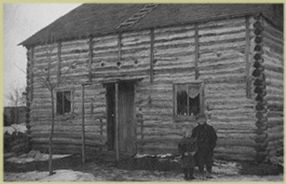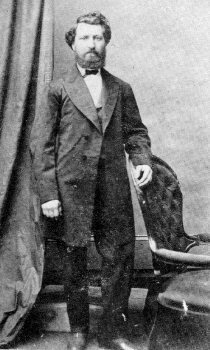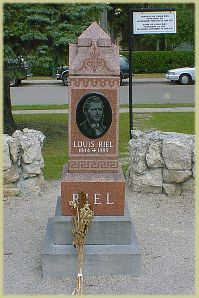 |
 |
||||||||||||
| There was a period of relative peace in what is now south western Manitoba during the early 1800's. The fur trade had moved towards the North as the animal population declined and the riches of the north were realized. Some of the trading posts in the Wawanesa area were still used for several years but many shut down. Native population was small in the south of Manitoba during these years, the influx of Sioux into Canada after the battle of Little Bighorn in 1876 had some effect on Manitoba but most of the fleeing Sioux went to Saskatchewan and Alberta. |
|||||||||||||
 |
|||||||||||||
|
|
|||||||||||||
| When settlers came to the area in the 1870’s and 80’s, most of the remaining natives were pushed into corners and marginalized. Settlers were scared of native raids and as tensions evolved in Manitoba, paranoia was running high. |
|||||||||||||
| When Riel returned from America, people thought that a war was soon to come. In the beginning Riel was not looked upon as the enemy by the White Anglo-Saxon people of what is now Manitoba's south-west. The population was enraged at the federal government because of the monopoly that it held on the railroad. Ottawa treated the area as merely a part of the link to the Pacific and not an important community in itself.
Goods of all sorts were priced higher than anywhere else in Canada and people felt that Ottawa was squeezing all the profit out of the area. Some of the papers in Brandon even expressed support for Riel’s rebellion. The farmers’ union was also angered at the government. Many people thought that Manitoba should form a country under the commonwealth and gain control of its economy. |
|||||||||||||
 |
|||||||||||||
| However, the settlers were soon to turn away from Riel. When news came to the area that the Cree Indians associated with Riel had massacred settlers at Frog Lake Creek in Saskatchewan, settlers of the southwest were quick to react. Popular support turned to the government's bid to crush Riel. Later, a number of the local youths enlisted in the force that advanced on Batoche. |
|||||||||||||
 |
|||||||||||||
|
|
|||||||||||||
| At home people were nervous; they would entertain any passing natives, providing them with food and hospitality in attempt to learn what was afoot. Before this time passing native wagons were largely ignored. There were more than a few false alarms raised by edgy settlers. Imagination would transform a lone wagon into a troop of bloodthirsty savages as the story was passed from person to person.
After the Northwest Rebellion, native presence in rural southern Manitoba declined. The land was almost completely settled by Europeans and aboriginal people were forced onto reserves or into cities. |
|||||||||||||
|
|
|||||||||||||
|
|
|||||||||||||